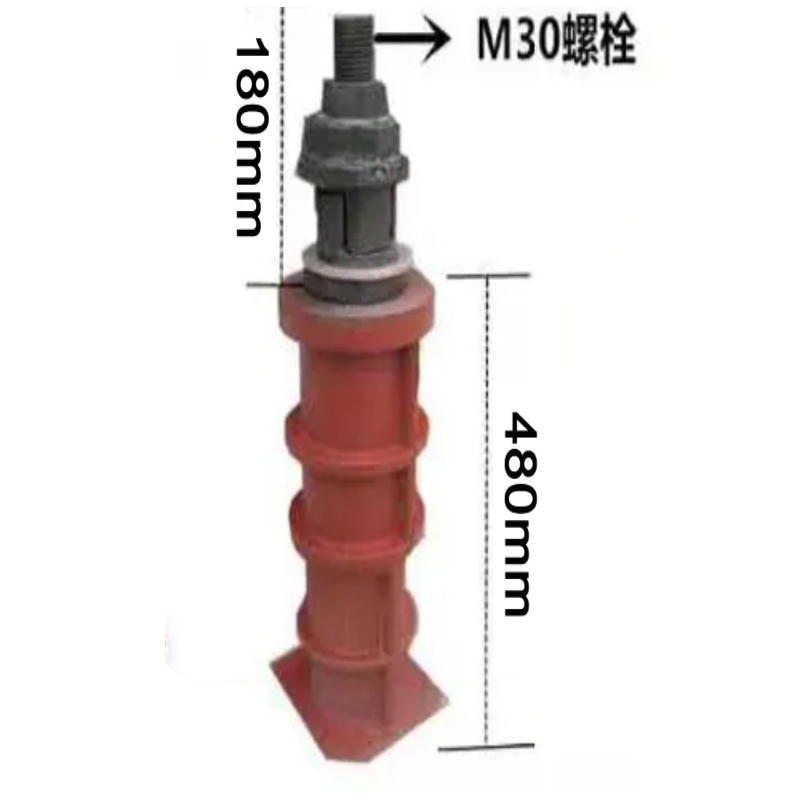dec . 21, 2024 15:20 Back to list
building a welding table
Building a Welding Table A Comprehensive Guide
Creating a welding table is an essential project for any metalworking enthusiast or professional welder. A sturdy, well-designed welding table provides a safe and efficient workspace for various welding tasks. In this guide, we will explore the key considerations to keep in mind when building a welding table, including materials, design, and functionality.
Selecting the Right Materials
The first step in building a welding table is choosing the right materials. A welding table must be robust enough to withstand the heat, weight, and strain of welding equipment and materials. The most commonly used materials for the top surface are steel and aluminum, with steel being the preferred option due to its durability and heat resistance.
For the frame, using heavy-duty steel square tubing is advisable. This option guarantees high strength and stability, essential for a welding table that will bear significant weight and endure wobbling or shifting during operations. Additionally, consider using a fire-resistant surface to minimize hazards associated with sparks and molten metal.
Dimensions and Design
The dimensions of your welding table will largely depend on your workspace and the types of projects you plan to work on. A standard welding table ranges from 28 to 36 inches in height, allowing sufficient clearance for most users. The width and length typically range from 3 to 6 feet, providing enough room for various welding tasks without compromising on stability.
When designing your welding table, consider incorporating features such as adjustable height or collapsible designs if space is a constraint. A flat, even surface is essential for proper welding, so ensure the top is leveled and that it has no visible defects. Make sure to also include a set of strong legs and bracing to maintain stability, especially when working with larger pieces of metal.
building a welding table

Functionality and Accessories
To enhance the functionality of your welding table, consider adding features that can help streamline your welding process. One useful addition is a built-in clamping system or a series of T-tracks that allow you to secure materials in place while cutting or welding. Tool storage solutions, including shelves or drawers, can also help keep your workspace organized, allowing quick access to tools and supplies.
Another valuable accessory is a welding table with integrated power outlets. This feature makes it easier to connect welding machines, grinders, and other power tools, reducing the need for extension cords and improving safety.
Safety Considerations
Safety should be your priority when designing and building your welding table. Ensure that your table is placed on a level surface to prevent tipping over during use. Consider adding a fireproof mat or a dedicated space for holding welding rods and consumables to minimize fire hazards. Additionally, make sure your table is grounded properly to prevent electrical shocks.
Maintain a clutter-free workspace by keeping all flammable materials away from your welding area. Regularly check for any signs of wear and tear, especially if you frequently work with heavy materials, and replace any damaged components promptly.
Conclusion
Building a welding table may seem daunting, but with the right materials, design, and safety protocols in mind, you can create a workspace that enhances your welding experience. A sturdy, well-thought-out table not only increases your efficiency and accuracy but also ensures your safety while working on metal projects. Whether you're a beginner or an experienced welder, investing the time and effort into constructing a reliable welding table is undoubtedly worth it. Happy welding!
-
Why Metric Trapezoidal Thread is Ideal for Precision Motion ControlNewsAug.05,2025
-
The Unique Properties of a Block of Granite for Industrial UseNewsAug.05,2025
-
The Role of Flanged Y Strainers in Preventing Pipeline ClogsNewsAug.05,2025
-
The Importance of Regular Calibration for Master Ring GagesNewsAug.05,2025
-
How a Cast Iron Surface Table Enhances Accuracy in ManufacturingNewsAug.05,2025
-
Comparing Different Check Valve Types for Optimal Flow ControlNewsAug.05,2025
Related PRODUCTS









